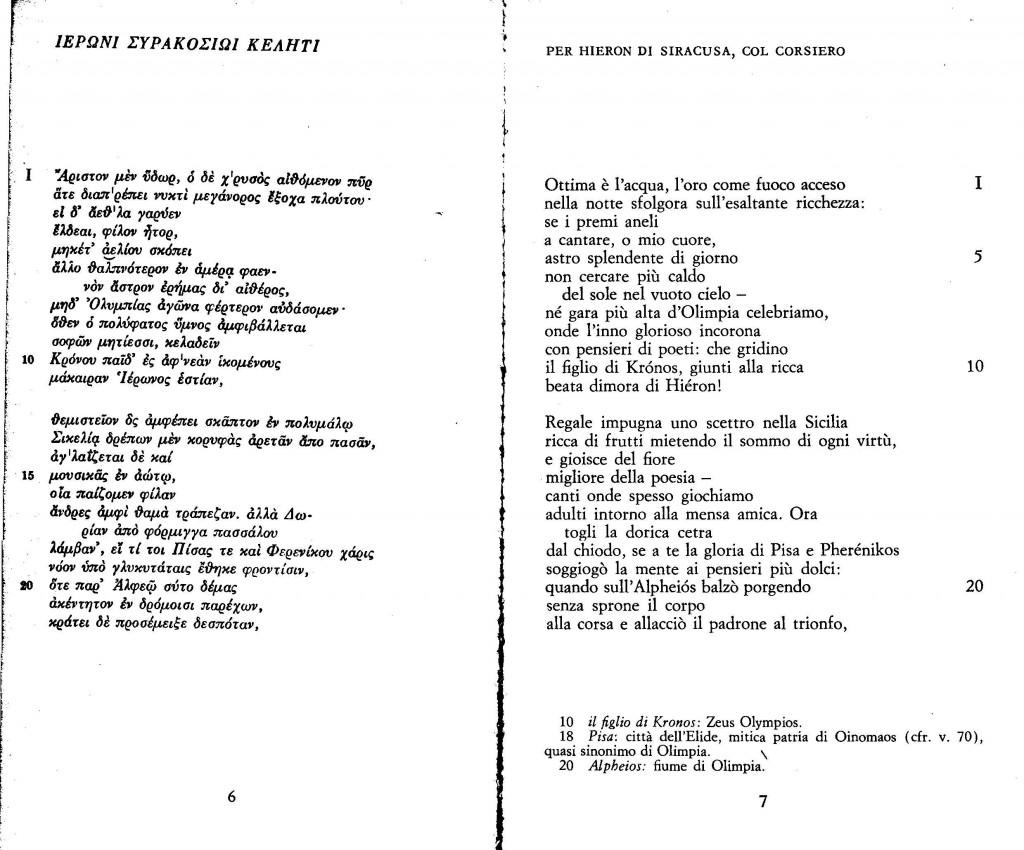2020. 1. 21. 00:28ㆍ카테고리 없음

Dear All, Almost all the major ancient scriptures of India have been distorted by meaning and essence by translating them in English and promoting the translated versions, while hiding from public the original ones written in Indian languages. This was the strategy of the foreign invaders, particularly the British, who failed to bring Indian minds under their dominance because of the strong character and charisma that our culture gifted us.
- Leave a comment Dharmik PDF eBooks, वेद पुराण बुक्स 4 vedas in English, 4 vedas in hindi free download, 6 shastra ke naam, arthved in hindi, atharva veda, atharva veda black magic in hindi, atharva veda black magic pdf, atharva veda in hindi pdf download, atharva veda mantras hindi, history of vedas, read atharva veda.
- Download Now- Ved Kathanak in Hindi According to Wikipedia. The Vedas in Sanskrit 'Veda'(वेद) which means knowledge. Veda is a large body of knowledge texts originating in the ancient Indian subcontinent.
Four Vedas - Sanskrit text with Hindi Commentary by Pandit Jaydev Sharma. In 12 volumes. Please help the Internet Archive today.
So they needed to create a kind of hate and suspicion in our minds against our people, traditions, culture and religion so that they could easily divide us, propagate their religion and rule us unchallenged – mastering our minds the way wished. WHAT MEASURES HAVE BEEN TAKEN TO AVOID THE RISKS OF PROMOTING/PROPAGATING THE WORKS OF SUCH ANTI-HINDU ANTI-INDIA AUTHORS WRITTEN IN ENGLISH rather than providing links to download the original ones that were written in Indian languages??? For example, ManuSmriti. Is not there any source to download the original writing in stead of the one translated by G. Please clarify.
See also: Rigvedic deities The Rigvedic hymns are dedicated to various deities, chief of whom are Indra, a heroic god praised for having slain his enemy Vrtra; Agni, the sacrificial fire; and Soma, the sacred potion or the plant it is made from. Equally prominent gods are the Adityas or Asura gods Mitra–Varuna and Ushas (the dawn).
Also invoked are Savitr, Vishnu, Rudra, Pushan, Brihaspati or Brahmanaspati, as well as deified natural phenomena such as Dyaus Pita (the shining sky, Father Heaven ), Prithivi (the earth, Mother Earth), Surya (the sun god), Vayu or Vata (the wind), Apas (the waters),Parjanya (the thunder and rain), Vac (the word), many rivers (notably the Sapta Sindhu, and the Sarasvati River). The Adityas, Vasus, Rudras, Sadhyas, Ashvins, Maruts, Rbhus, and theVishvadevas ('all-gods') as well as the 'thirty-three gods' are the groups of deities mentioned. The hymns mention various further minor gods, persons, phenomena and items, and contain fragmentary references to possible historical events, notably the struggle between the early Vedic people (known as Vedic Aryans, a subgroup of the Indo-Aryans) and their enemies, the Dasa or Dasyu and their mythical prototypes, the Paṇi (the Bactrian Parna). See also: Brahmana Of the Brahmanas that were handed down in the schools of the Bahvṛcas (i.e. 'possessed of many verses'), as the followers of the Rigveda are called, two have come down to us, namely those of the Aitareyins and the Kaushitakins.
Vedic Period In Hindi Pdf

Rig Veda In Hindi Pdf
The Aitareya-brahmana 41 and the Kaushitaki- (or Sankhayana-) brahmana evidently have for their groundwork the same stock of traditional exegetic matter. They differ, however, considerably as regards both the arrangement of this matter and their stylistic handling of it, with the exception of the numerous legends common to both, in which the discrepancy is comparatively slight. There is also a certain amount of material peculiar to each of them. The Kaushitaka is, upon the whole, far more concise in its style and more systematic in its arrangement features which would lead one to infer that it is probably the more modern work of the two. It consists of thirty chapters ( adhyaya); while the Aitareya has forty, divided into eight books (or pentads, pancaka), of five chapters each. The last ten adhyayas of the latter work are, however, clearly a later addition though they must have already formed part of it at the time of Pāṇini (ca.
Vedas English Pdf Download
BC), if, as seems probable, one of his grammatical sutras, regulating the formation of the names of Brahmanas, consisting of thirty and forty adhyayas, refers to these two works. In this last portion occurs the well-known legend (also found in the Shankhayana-sutra, but not in the Kaushitaki-brahmana) of Shunahshepa, whom his father Ajigarta sells and offers to slay, the recital of which formed part of the inauguration of kings. While the Aitareya deals almost exclusively with the Soma sacrifice, the Kaushitaka, in its first six chapters, treats of the several kinds of haviryajna, or offerings of rice, milk, ghee, &c., whereupon follows the Soma sacrifice in this way, that chapters 7–10 contain the practical ceremonial and 11–30 the recitations ( shastra) of the hotar. Sayana, in the introduction to his commentary on the work, ascribes the Aitareya to the sage Mahidasa Aitareya (i.e.
Son of Itara), also mentioned elsewhere as a philosopher; and it seems likely enough that this person arranged the Brahmana and founded the school of the Aitareyins. Regarding the authorship of the sister work we have no information, except that the opinion of the sage Kaushitaki is frequently referred to in it as authoritative, and generally in opposition to the Paingya—the Brahmana, it would seem, of a rival school, the Paingins. Probably, therefore, it is just what one of the manuscripts calls it—the Brahmana of Sankhayana (composed) in accordance with the views of Kaushitaki.

Rigveda Aranyakas.
